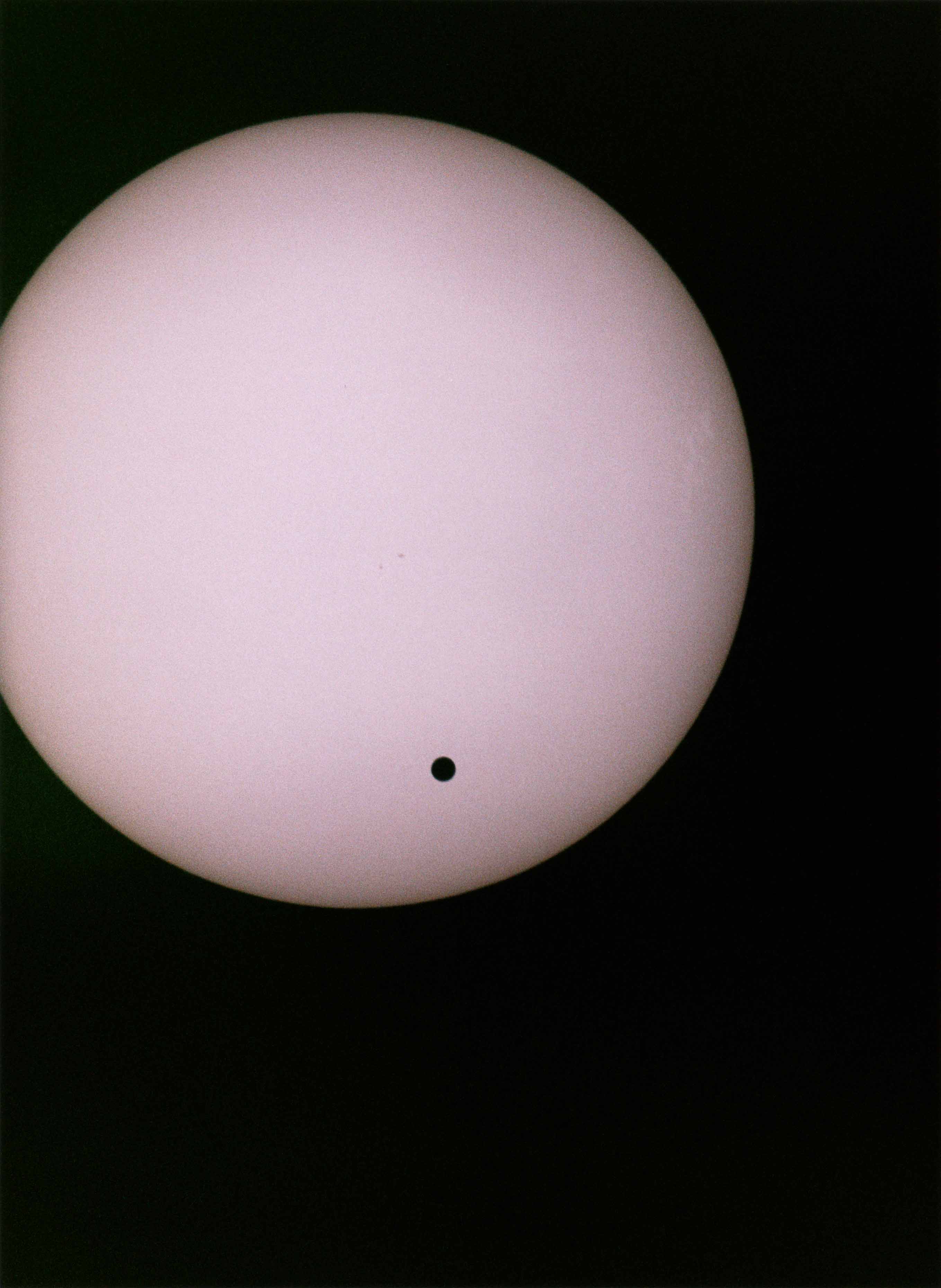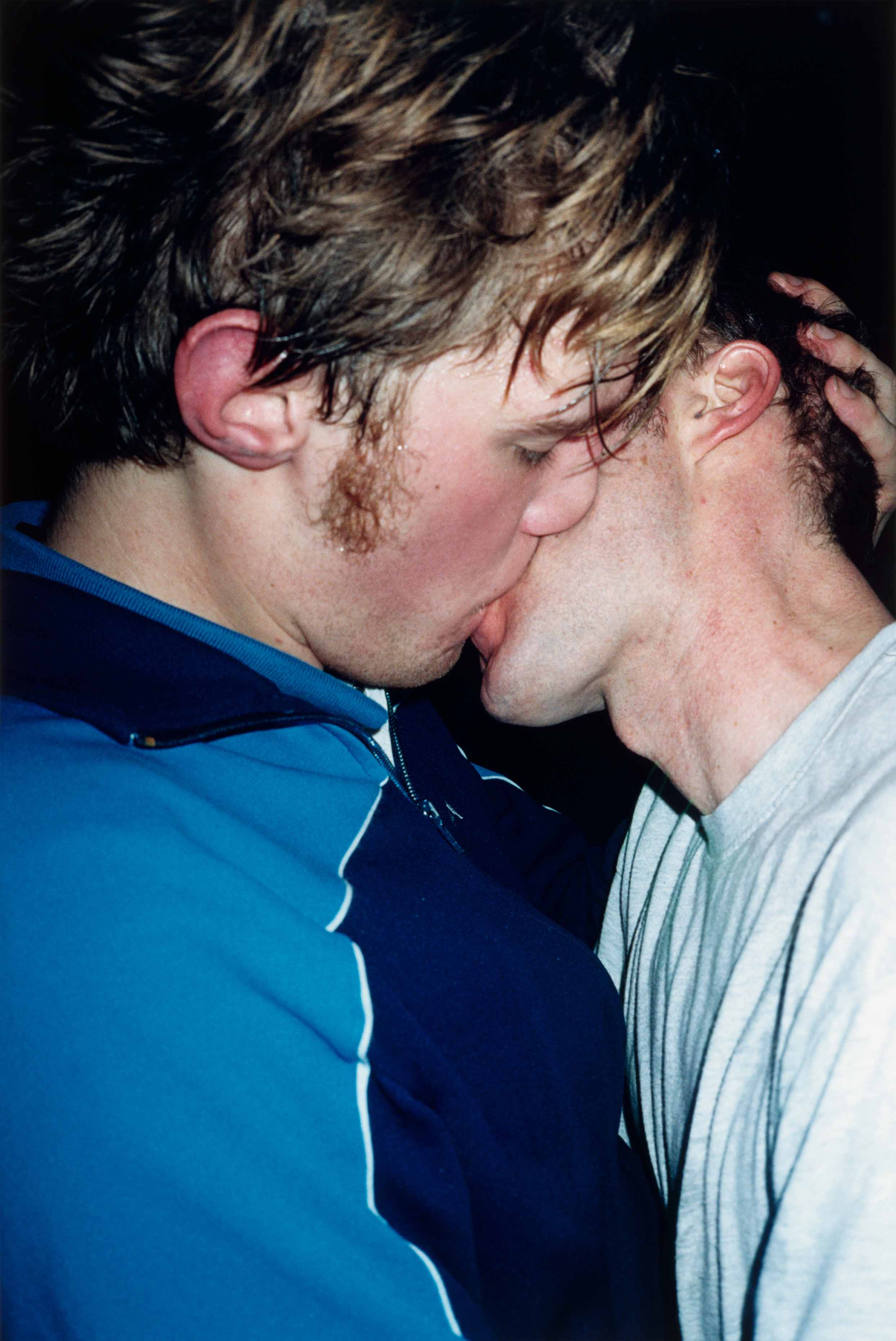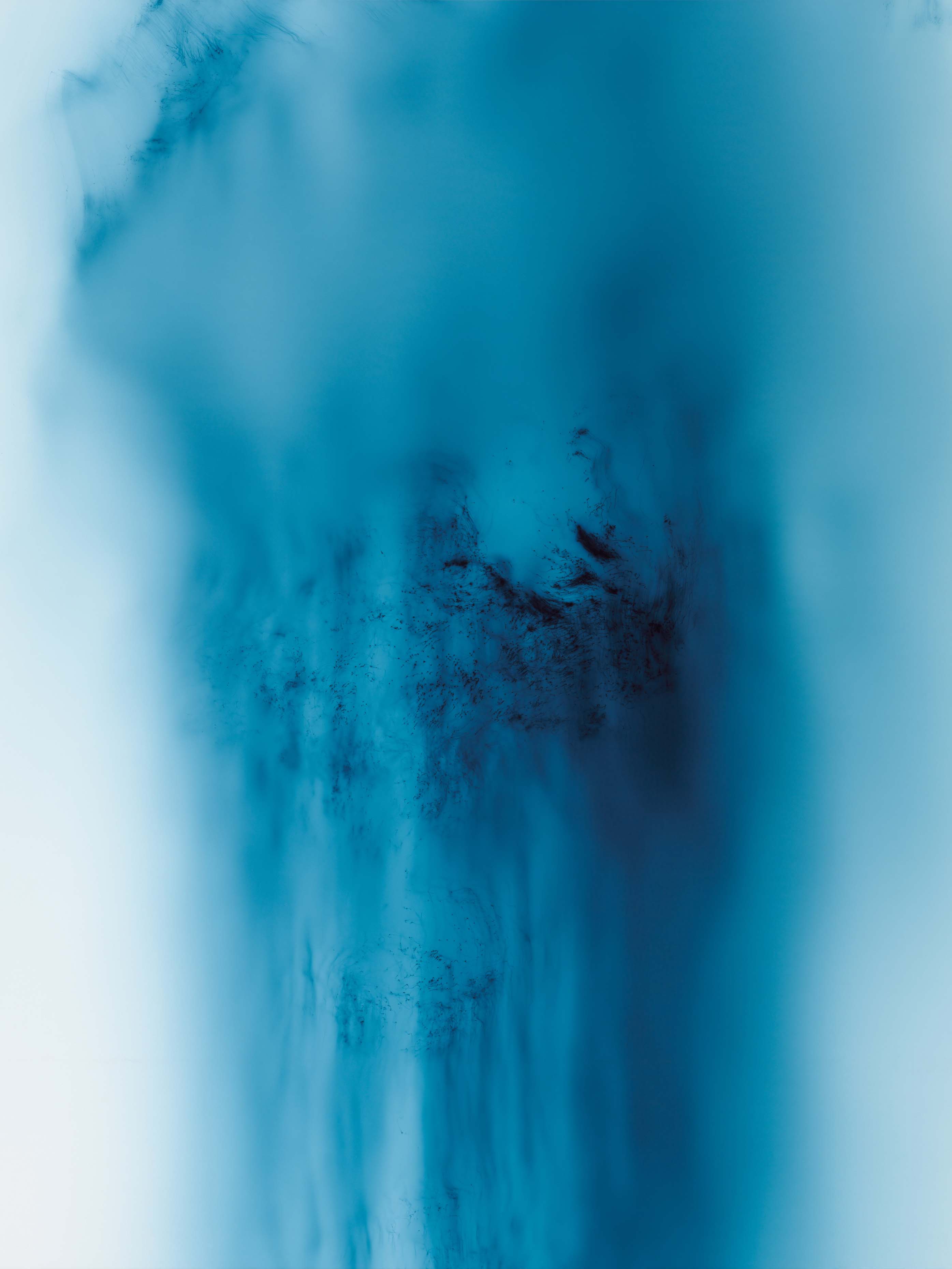
In his first show at Café Gnosa in Hamburg (1988), Wolfgang Tillmans exhibited Approaches, images made with a Canon laser photocopier that he uses like a camera to enlarge xerographic images up to four hundred percent. The resulting images, so grainy as to appear material, abstract, technical, mechanical, like the electronic music the German artist was making at the time, explore possibilities of reproduction while declaring the contemporary, vaguely melancholy fascination with Technik. Tillmans is fascinated by the potentially endless process of the technical reproducibility of photography, and the consequent possibilities of intervening on the image, making, taking in, accepting, seeking and creating modifications, transformations, redefinitions and new meanings, deriving not only from the technique of reproduction, but also from the platform on which the image is presented, namely, the context.
A few years later, in 1993 in the first gallery exhibition at the Daniel Buchholz Gallery in Cologne, Wolfgang Tillmans exhibited, together, handprinted chromogenic prints, pages of magazines, laserphotocopies and huge portraits printed on fabric hung directly on the walls, giving equal dignity to each of these images. The exhibition was the manifesto of an era, under the banner of the democracy of the image, in terms of content as well as language and installation. It was an exhibition that declared an antagonistic aesthetic that disintegrated the concept of the work as unique, original, irreplaceable. We are in the early 1990s, and Tillmans’ position is perfectly in tune with the vision of other international artists who were questioning the very concept of authorship, instead proposing inclusive, shared, and participatory works and processes: from Felix Gonzalez-Torres to Gabriel Orozco, Tobias Rehberger, Elmgreen & Dragset and Dominique Gonzales-Foerster.
If Walter Benjamin, in The Work of Art in the Age of its Technical Reproducibility muses, in 1936, on the theme of the “originality” of the work of art, and observes how the technical reproducibility of the work (photography) is the cause of the loss of “aura” that makes a work unique and unrepeatable, a theme moreover already widely investigated, in a different way, by Marcel Duchamp with his ready-mades in the early twentieth century, Tillmans is instead thunderstruck precisely by reproducibility. The reproducibility of the work that allows it to trigger an extraordinary process of transformation, redefinition, resignification and, not least, relationship, which does not prevent the image from being specific, personal (even intimate in some of his iconic portraits and still lifes).
Tillmans is interested in the process that, starting from the image reproduced in different contexts such as magazines, books, postcards, galleries and museums, nightclubsand music videos, record covers, posters, architectural spaces and theatrical stages, activates new non-hierarchical, decentralized relationship dynamics, open to differences.
“Might the mediated image at times be more impactful or enduring than a direct experience of the work? Might it be equally significant, even if different?” Roxana Marcoci wonders in the introduction to Wolfgang
Tillmans: To Look Without Fear, the major 2022 exhibition at MoMA in New York, occasioning the most in-depth text published on Tillmans to date.
Each of Tillmans’ images must be considered individual and specific (and not unique), capable of redefining itself differently in each individual and specific context: magazine, museum, nightclub… Thus, in the early 1990s, Tillmans’ images appeared simultaneously in photo shoots in i-D, in art galleries, at the Kunsthalle in Zurich, in the first Taschen catalogue, in L’Hiver de l’Amour at the Muséed’Art Moderne de la Ville de Paris, creating powerful short circuits between languages, sequences and exhibitions, putting on shows inspired by magazinelayouts or, vice versa, bringing the language of contemporary art to print.
It started with Techno is the Sound of Europe, one of Tillmans’ first photo shoots for i-D from September 1992. The shoot for i-D filtered the poetic, political and cultural ferment of Europe immediately after the fall of the Berlin Wall in 1989, at the time of Germany’s reunification and the crumbling of the Soviet Union, through techno clubimages. It is a Europe that expresses its antagonistic drive in the psychedelic, acid-lit rooms of clubs and concerts, in the bodies, music and dance which associate the freedom of the body’s movement with liberation from stereotypes and taboos. It is a Europe that promises peace, sharing, inclusion, empathy, respect for social and civil rights, recognition of differences in gender, race and sexuality, starting with LGBTQ+.
The journey begins here, at the dawn of globalization, in the face of great hopes and visions, and runs through the 1990s when Tillmans photographed the Soundshaft club in London, acid-house nightsat the Opera House in Hamburg, the Love Parade at the electronic dance music festivalin Berlin, exhibiting the images at the Panorama Bar in the Berlin underground techno nightclub, Berghain. They were the years of the first Berlin Biennale and the birth of Kunst-Werke in the occupied former margarine factory in Auguststrasse.
“I didn’t want to publish those images, just because they belonged to my social scene,” Tillmans said in a 2011 interview for Interview. “I thought something new was really happening. There was a new musical language and anti-hierarchical socialization that seemed really new. How much this then really changed the world is another story. But this coincidence between the fall of the Berlin Wall, the Europe that was forming, and the culture of nightlife, technoand ecstasyseemed to be shaping itself into a powerful Pan-European movement.”
The rest is our recent (personal and collective) history, condensed in portraits, still lifes, landscapes, abstract compositions, photographs of celestial bodies, icons like Smokin’ Jo (1995), details like Concrete Column (2021), cosmic fragments like Venus Transit (2004) and intimate glances like Still Life, New York (2001). Condensed into every image by Wolfgang Tillmans because, as the artist himself wrote, “If one thing matters, everything matters.”


